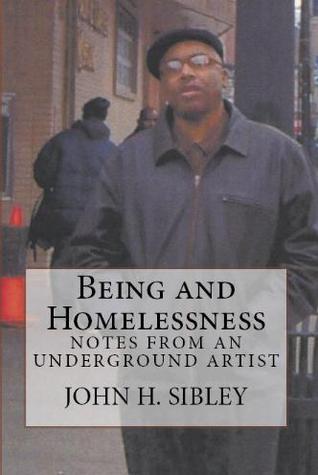What do you think?
Rate this book


246 pages, Paperback
First published January 4, 2012































"I looked at them with indifference as they gazed at me. I had seen so much violence in this subterranean hell that I was numb. Anesthetized. A hopeless silence rose among us. There was no need for words. We all knew the horror of surviving on the edge of the abyss. But some of us reacted differently."He describes the Chicago art scene with a sense of warmth and feeling, emotions that were rekindled after his emergence from the abyss, a hiatus of homelessness and poverty. Through his use of quotes and references, John Sibley highlights the problems with racism and xenophobia that exist in the United States. And perhaps my favorite essay in this memoir is the one that recounts Sibley's encounter with his peer, Maurice Wilson, at a Chicago Burger King. Wilson, a genius and fellow artist, had been led down a path that descended into paranoia and ultimately madness. Sibley relates, "I tried to shake the gloom that clung to me as I looked at a broken-down genius." Being and Homelessness: Notes from an Underground Artist makes no apologies for what it is and kudos to John H. Sibley for his gritty honesty in telling his story. From the historic blues music of Howlin' Wolf on Maxwell St., to Little Man clutching a butcher knife to the throat of a fellow human being, this is one memoir about which I can honestly say, I'm glad I gave it a chance. It was definitely worth it.